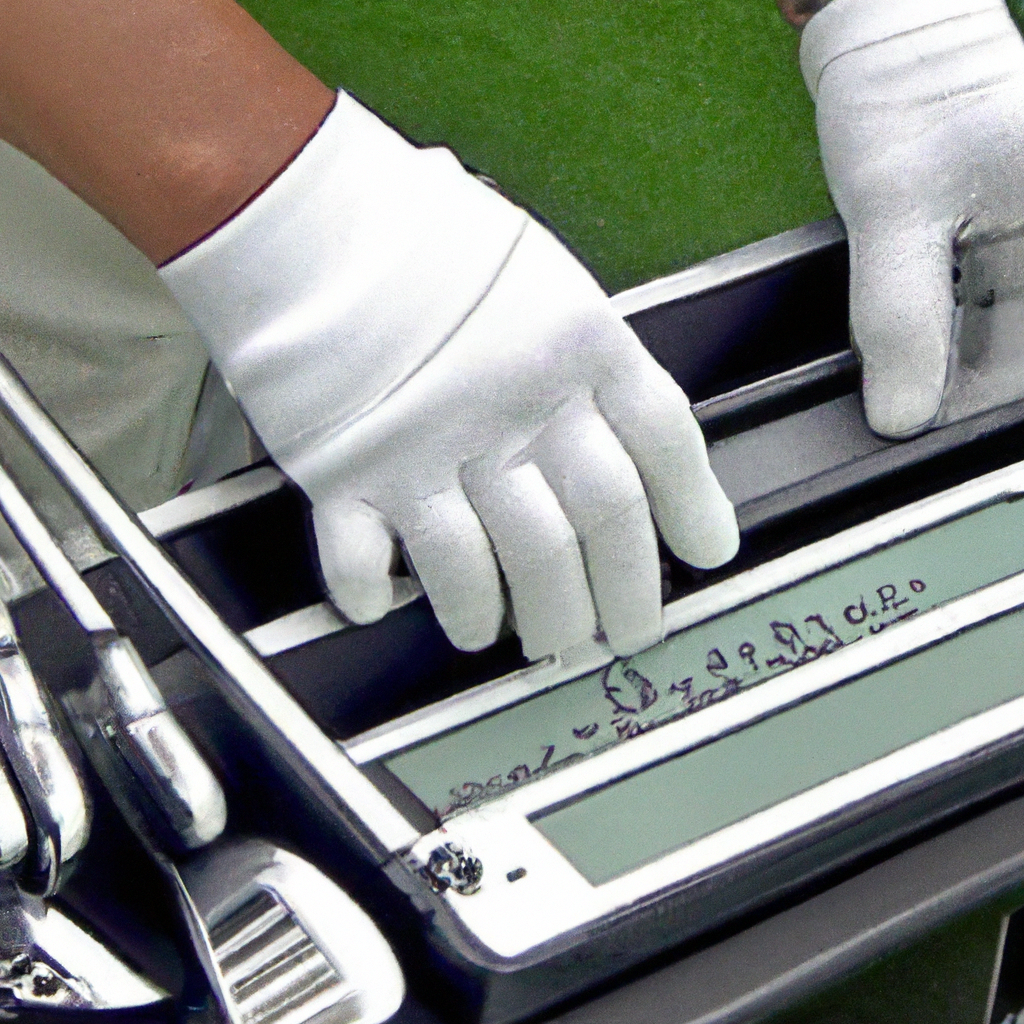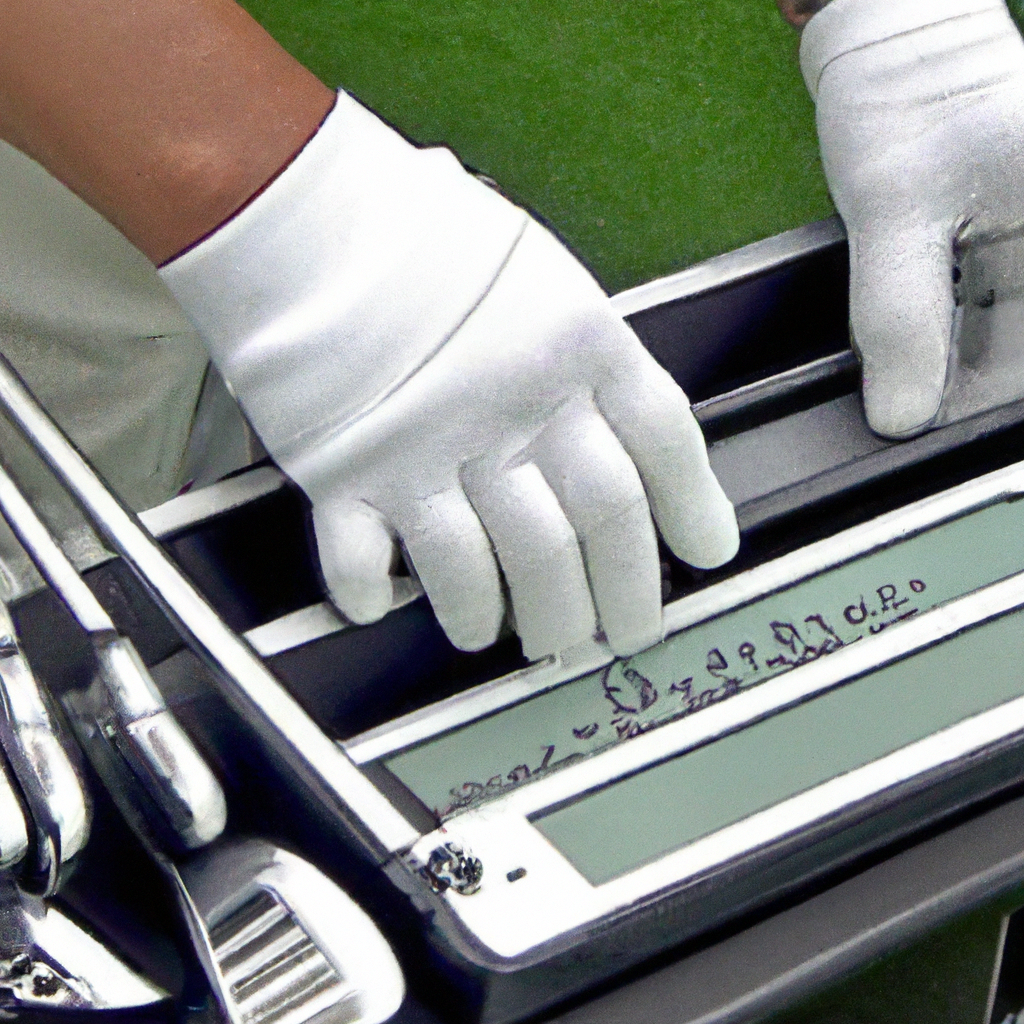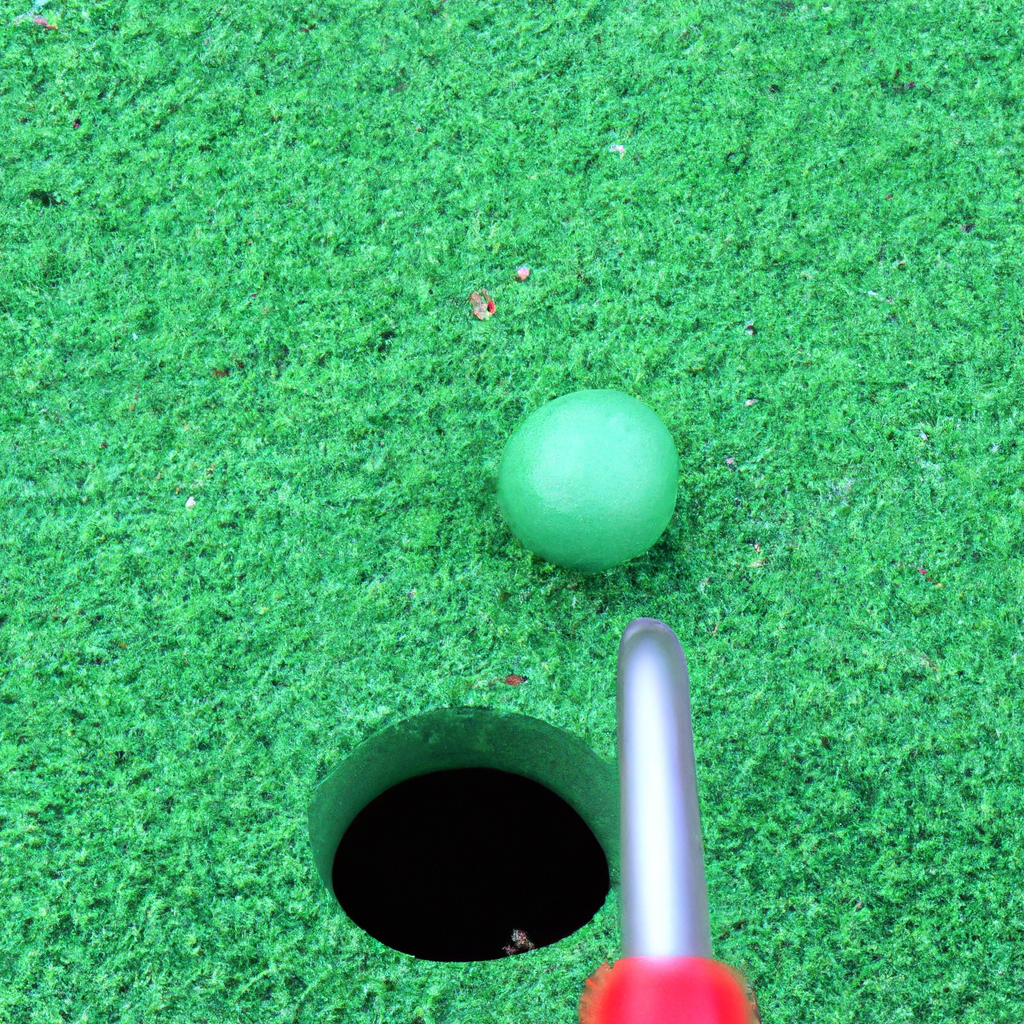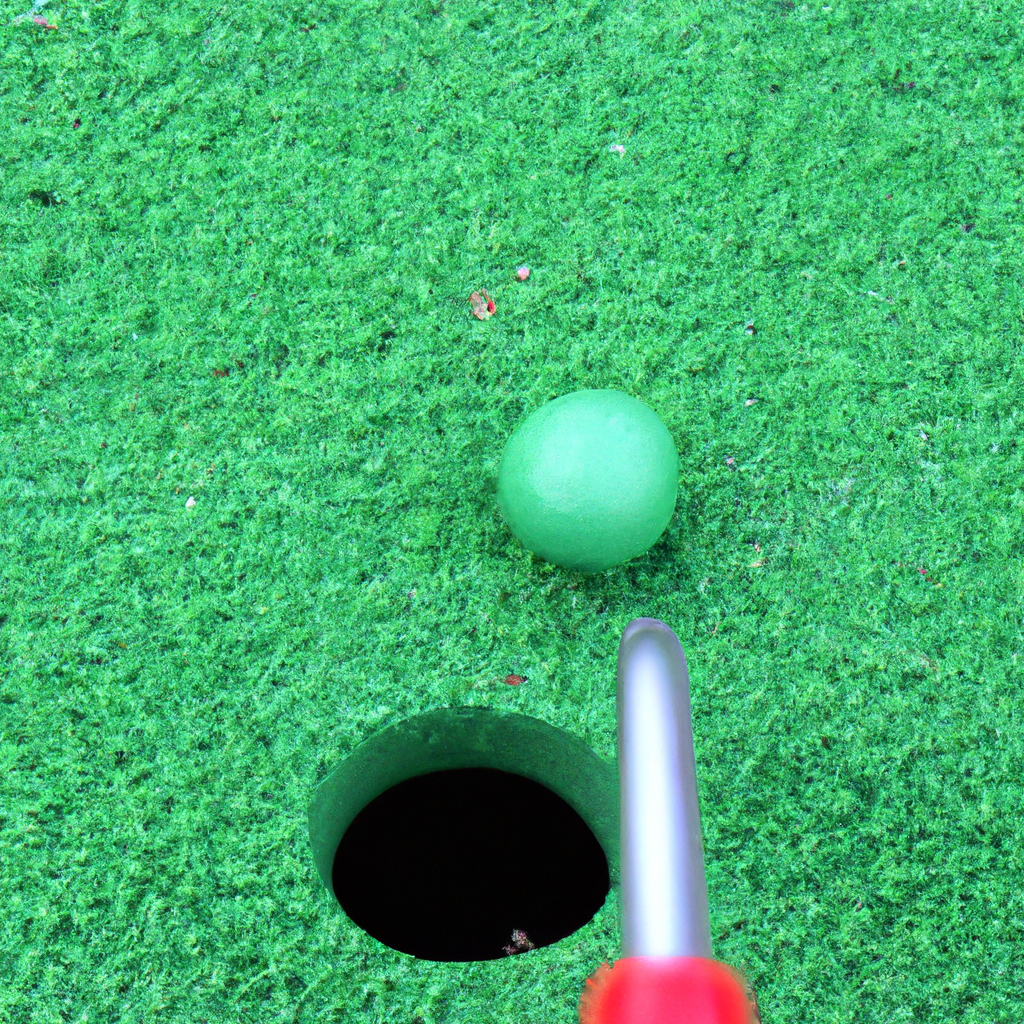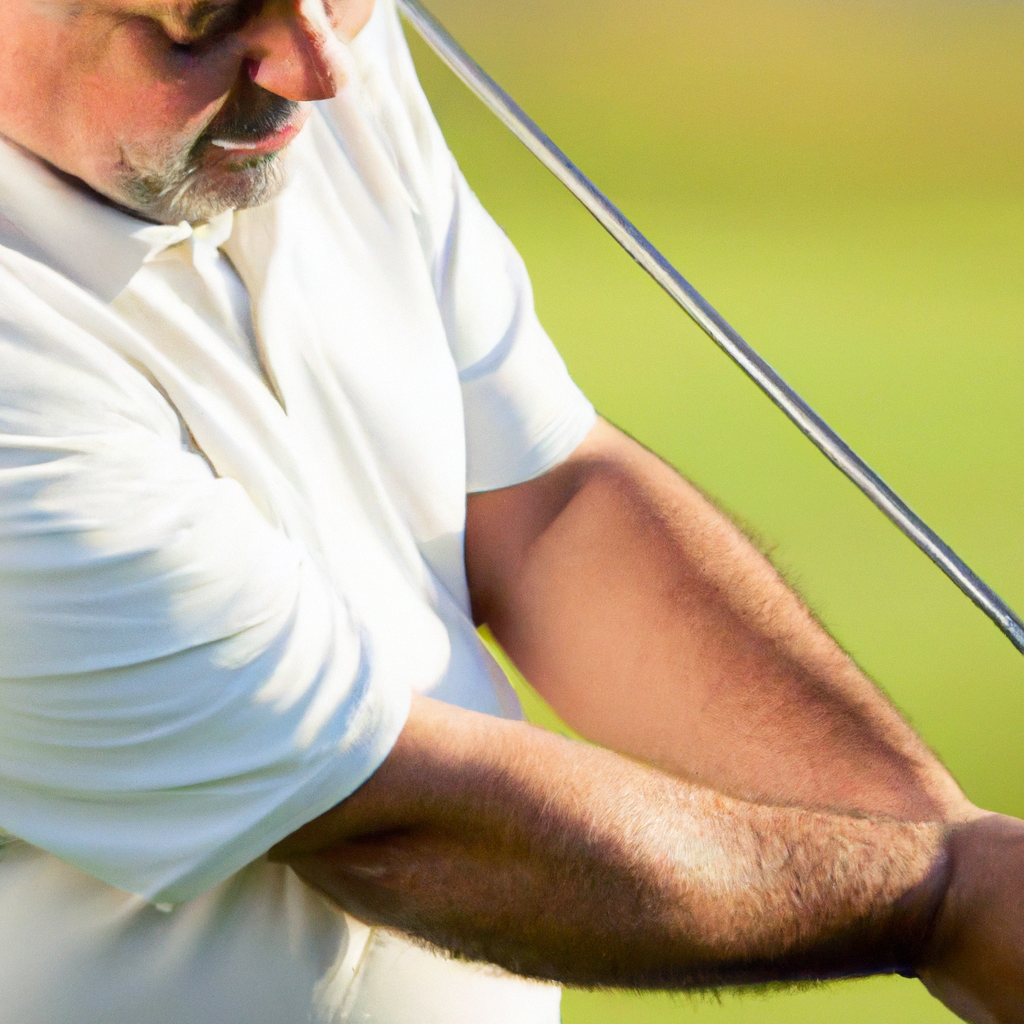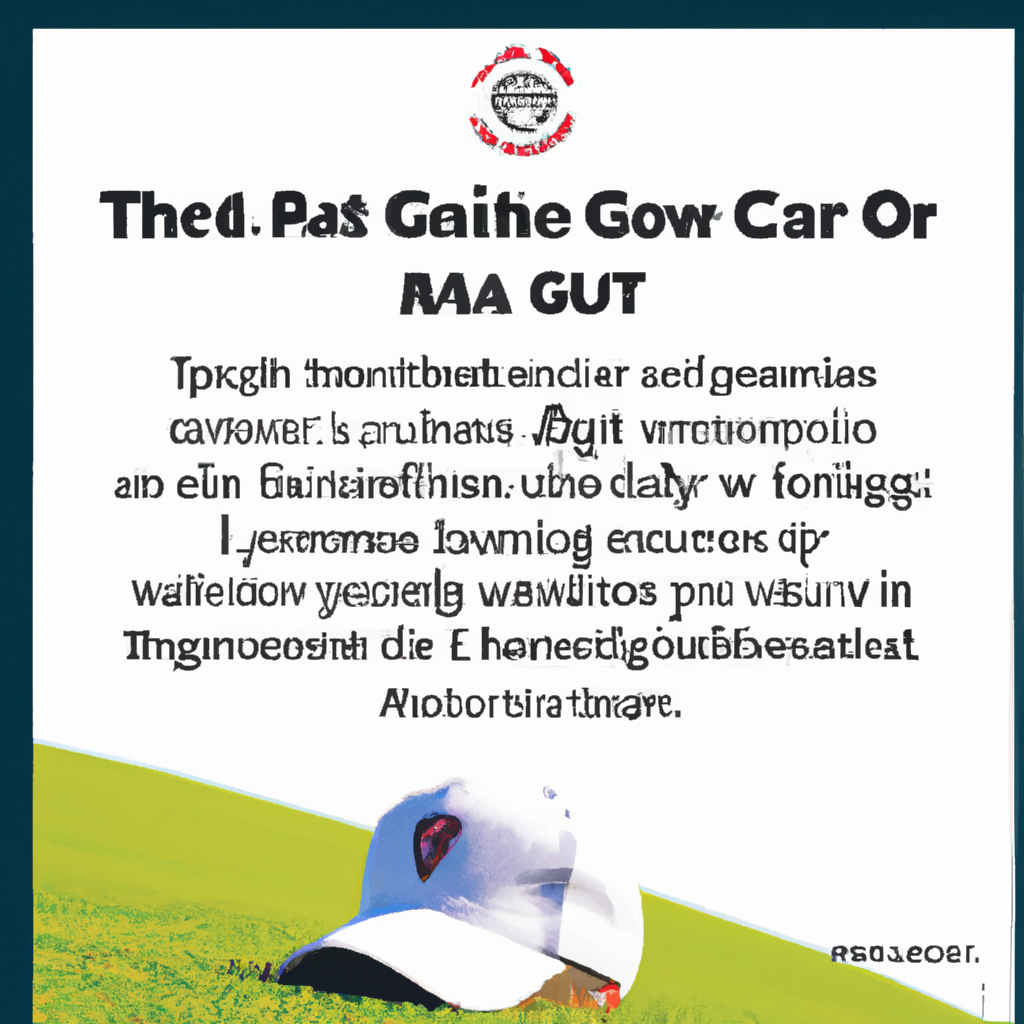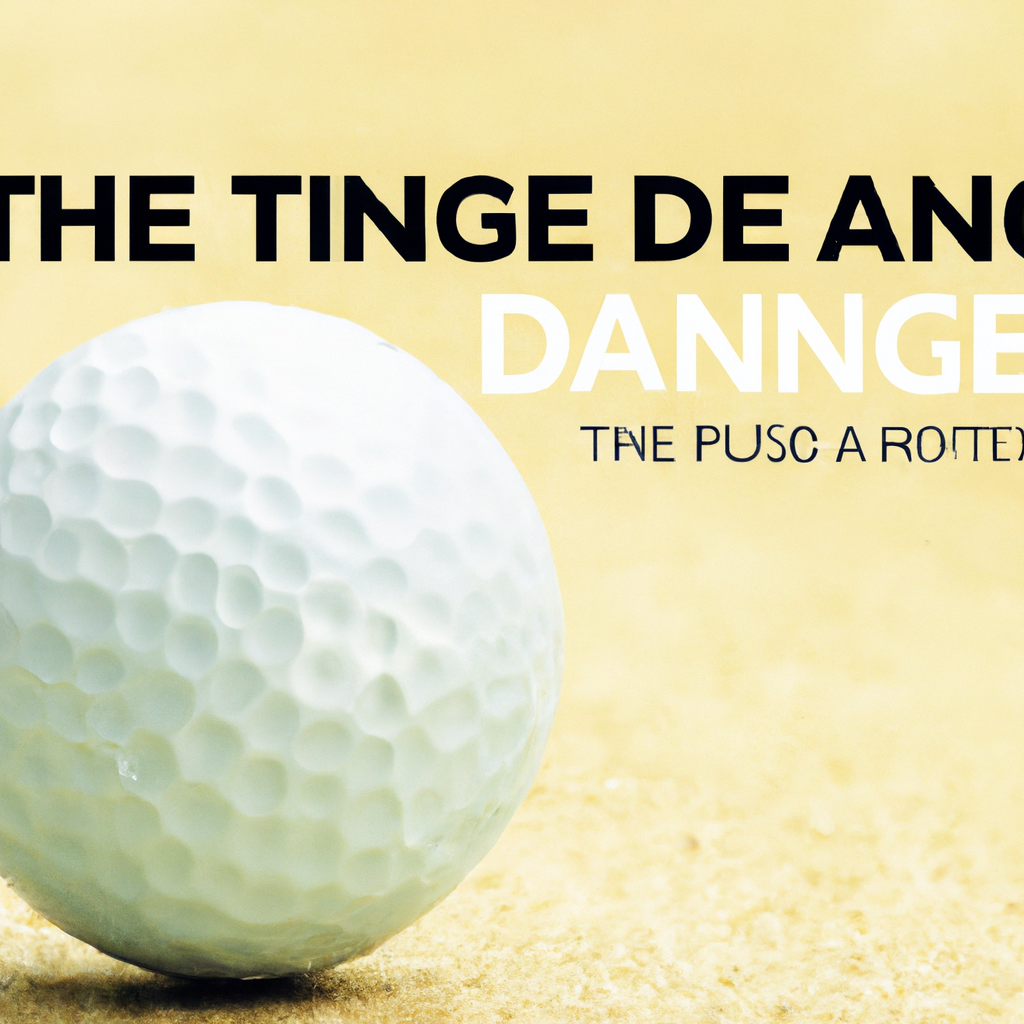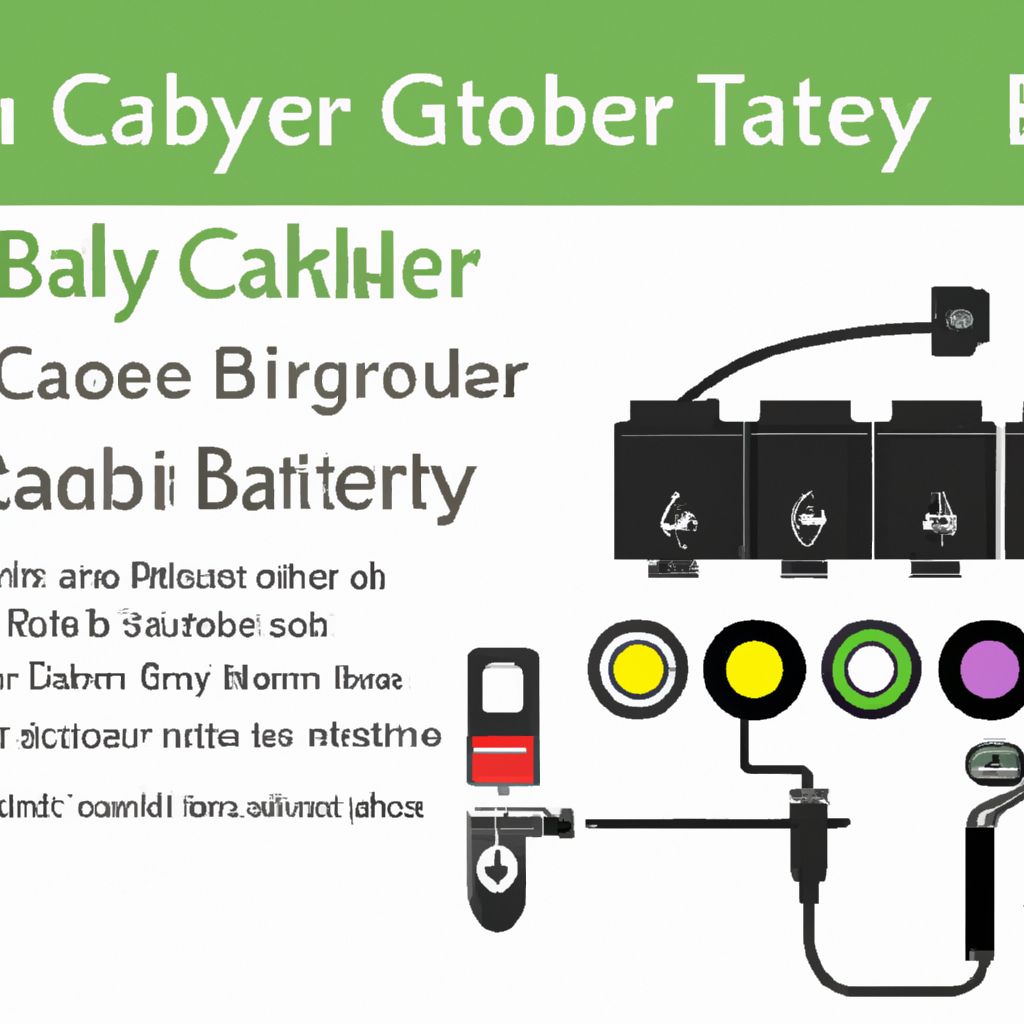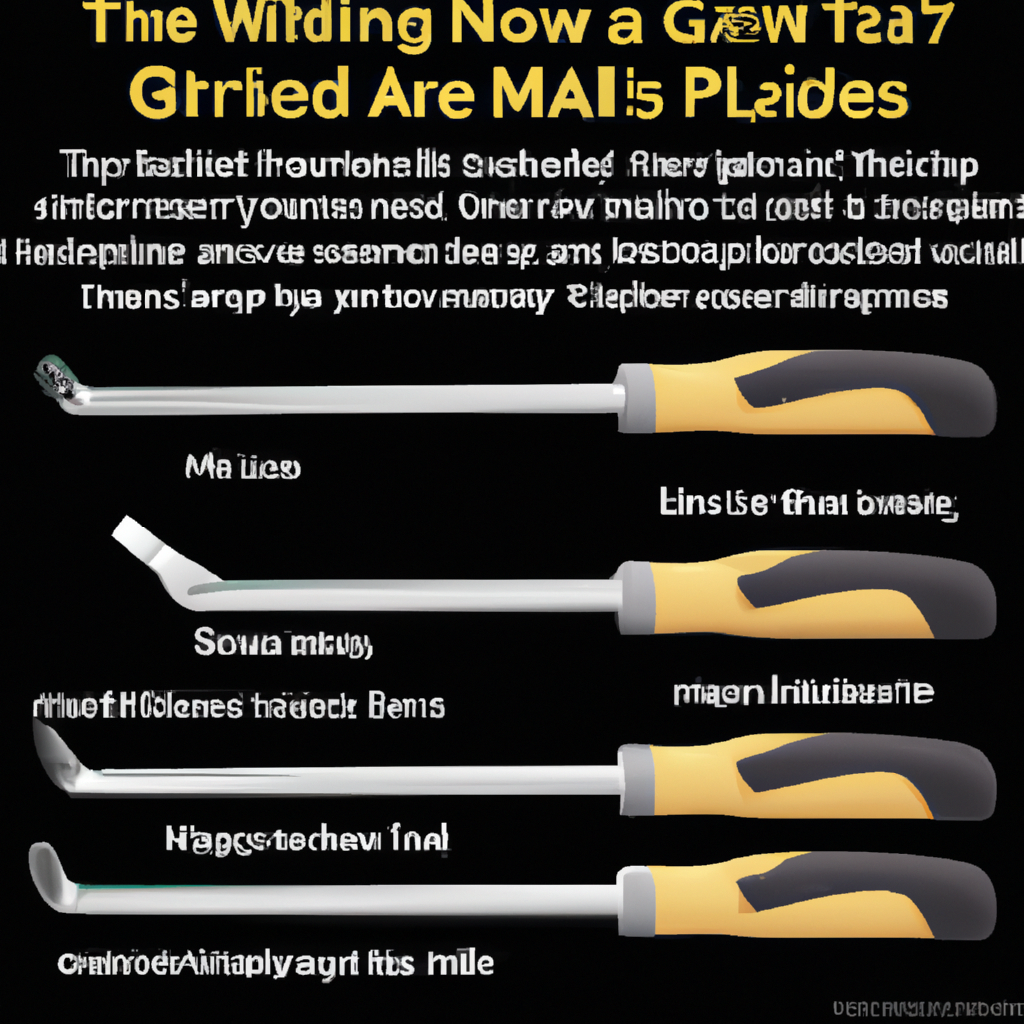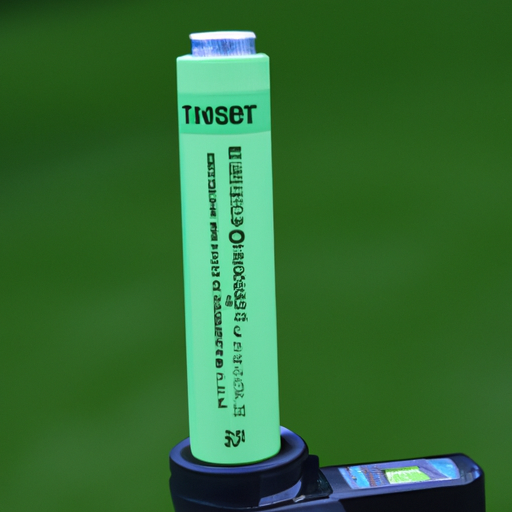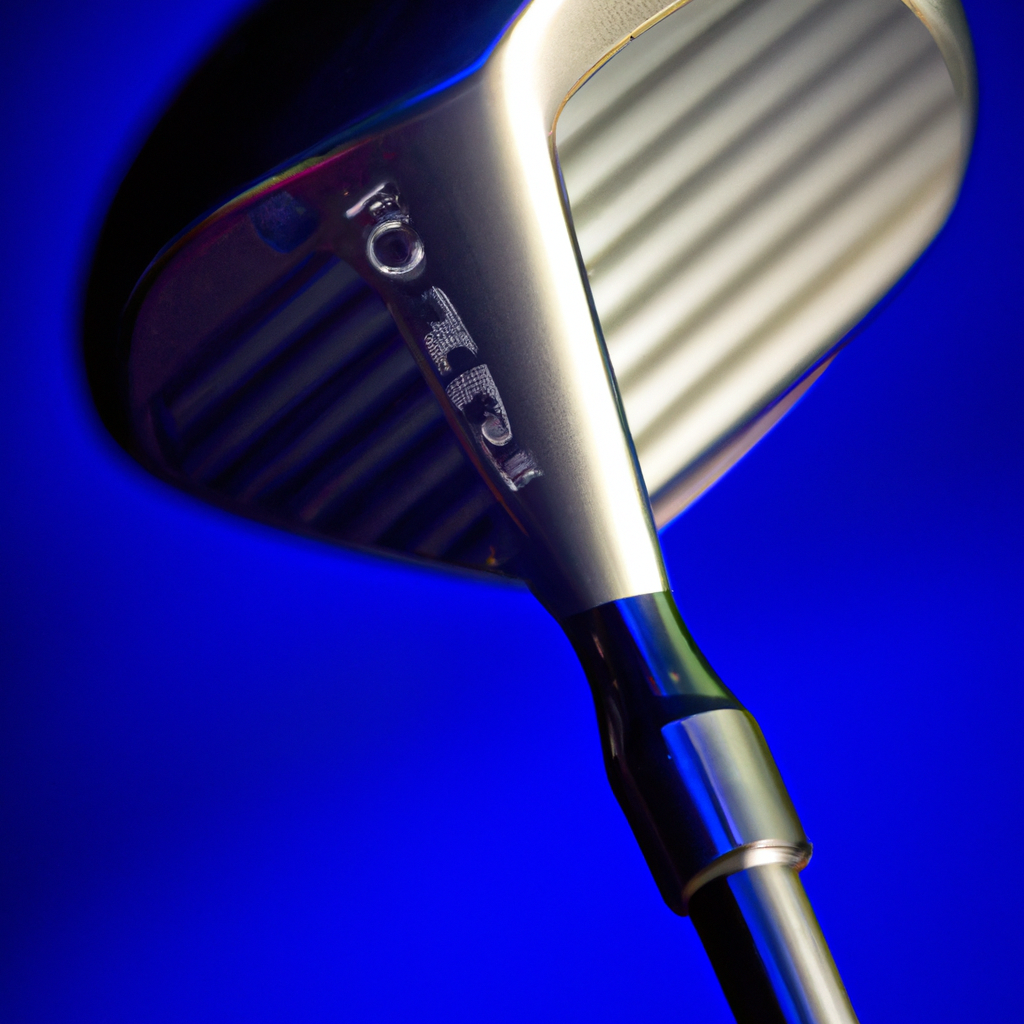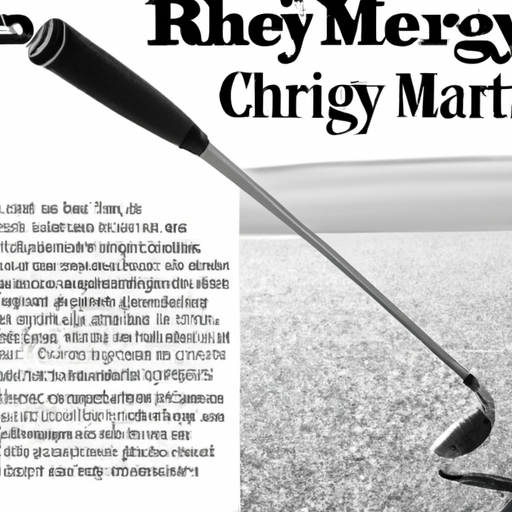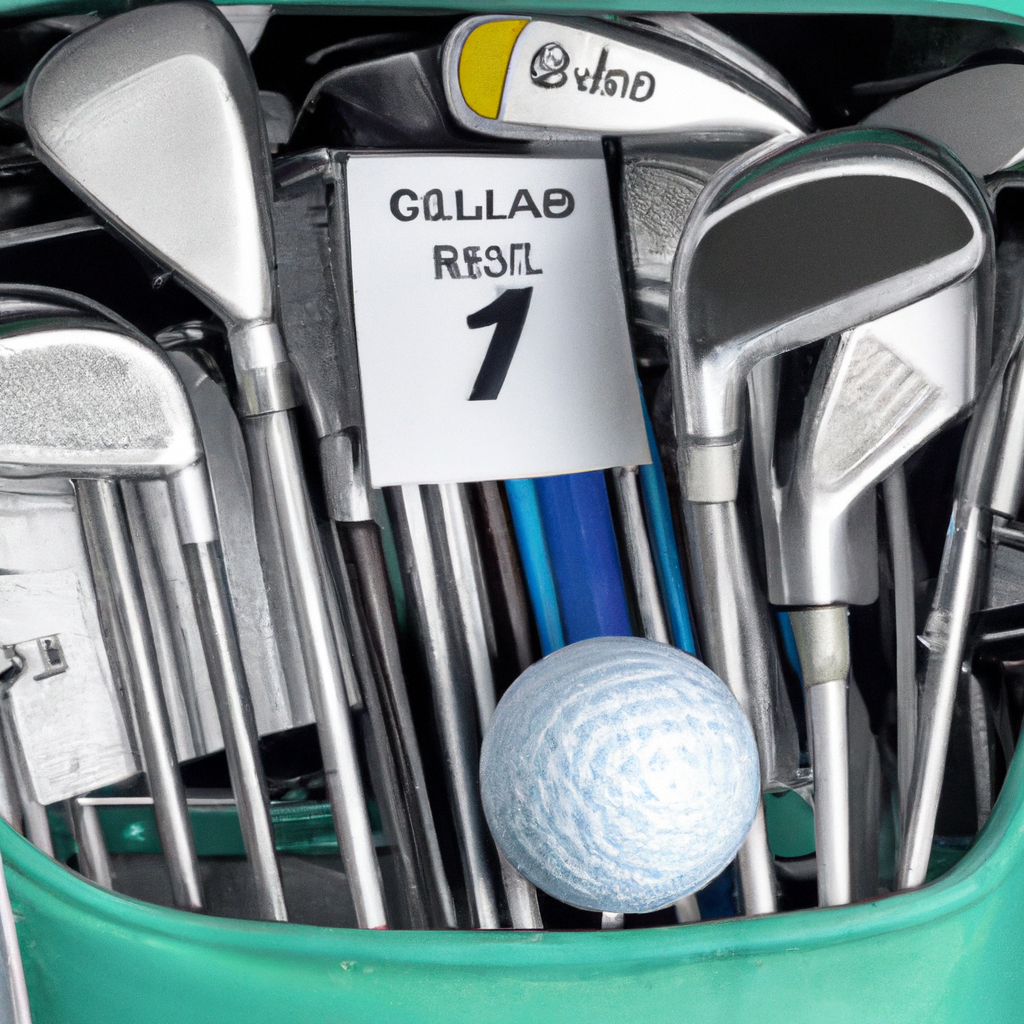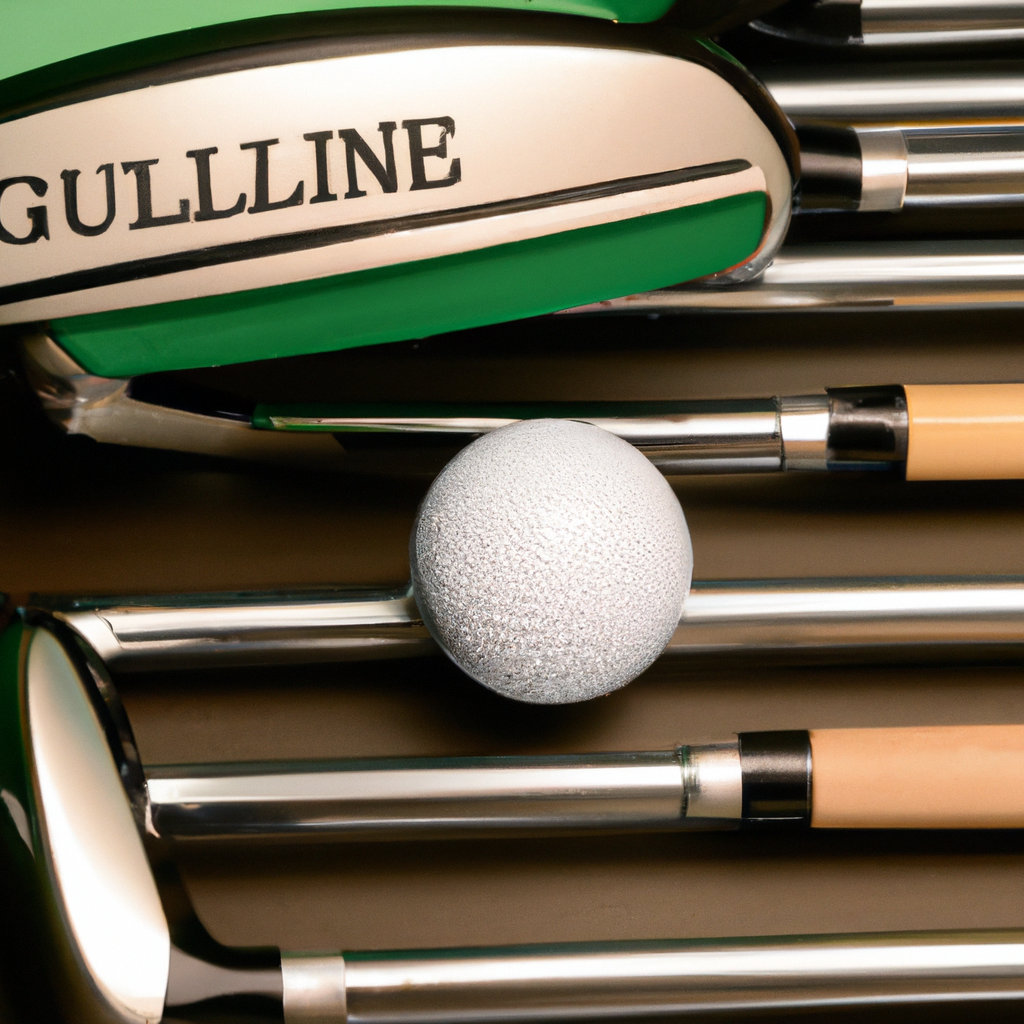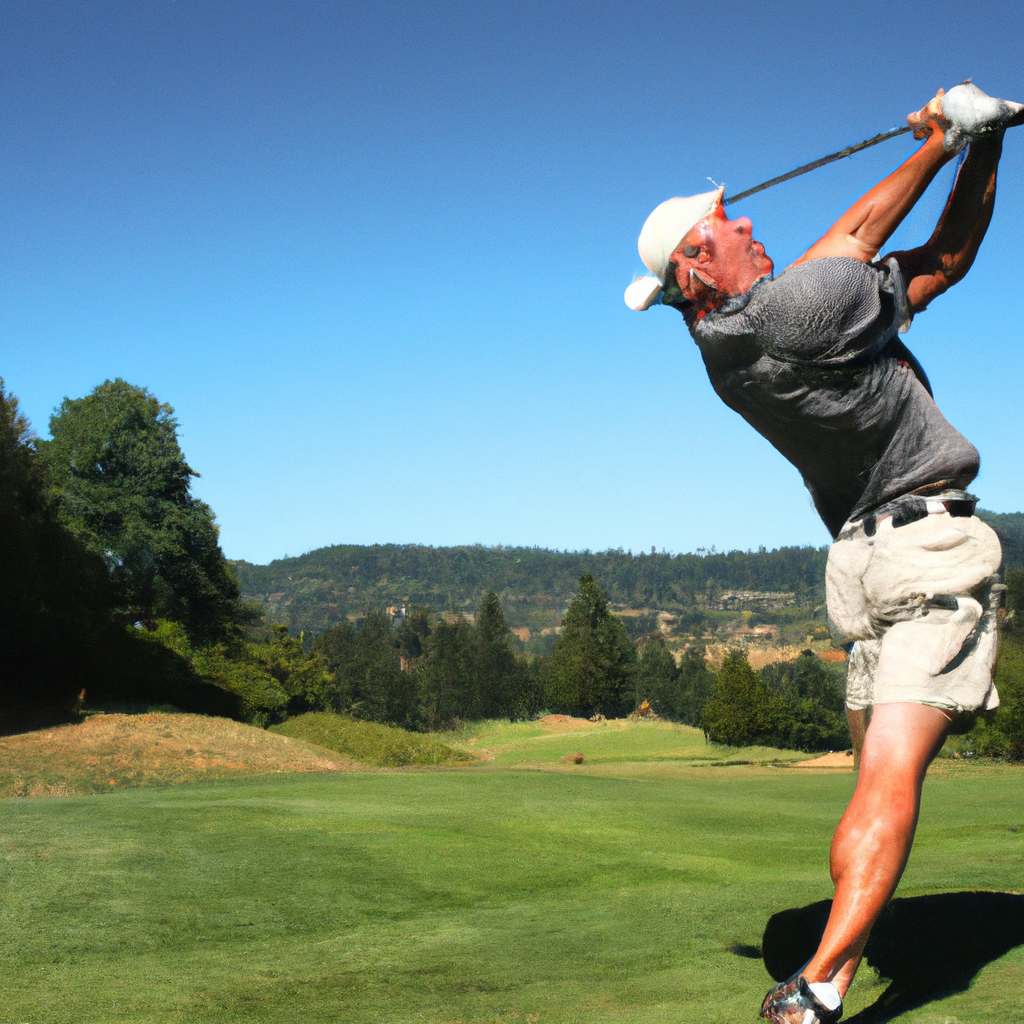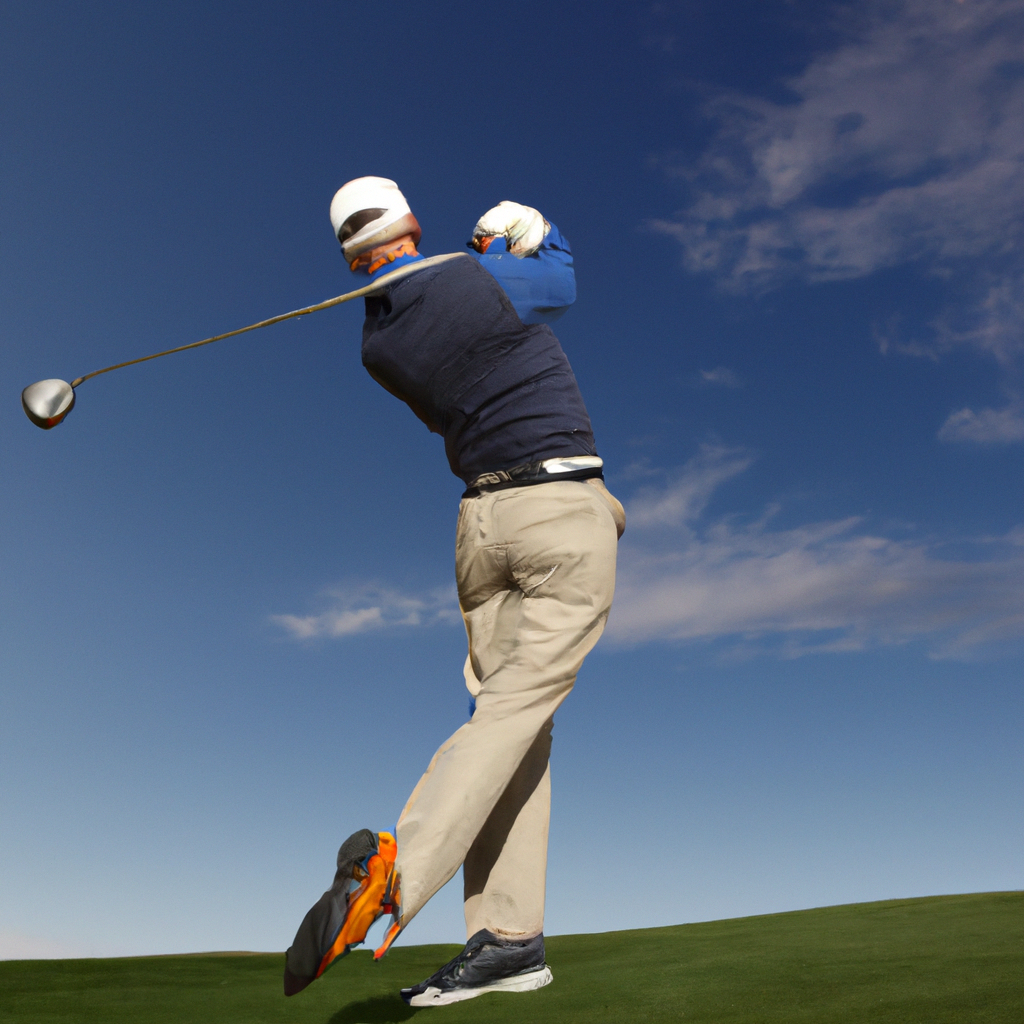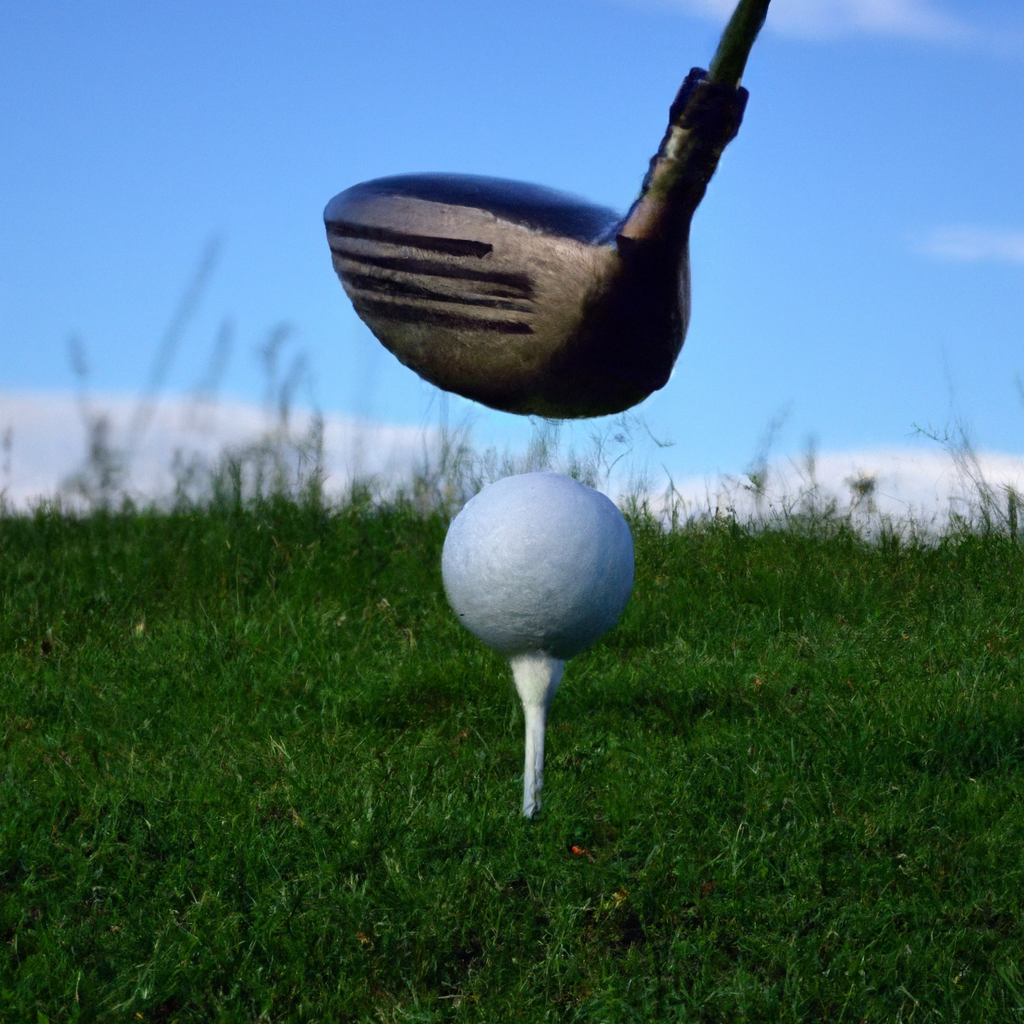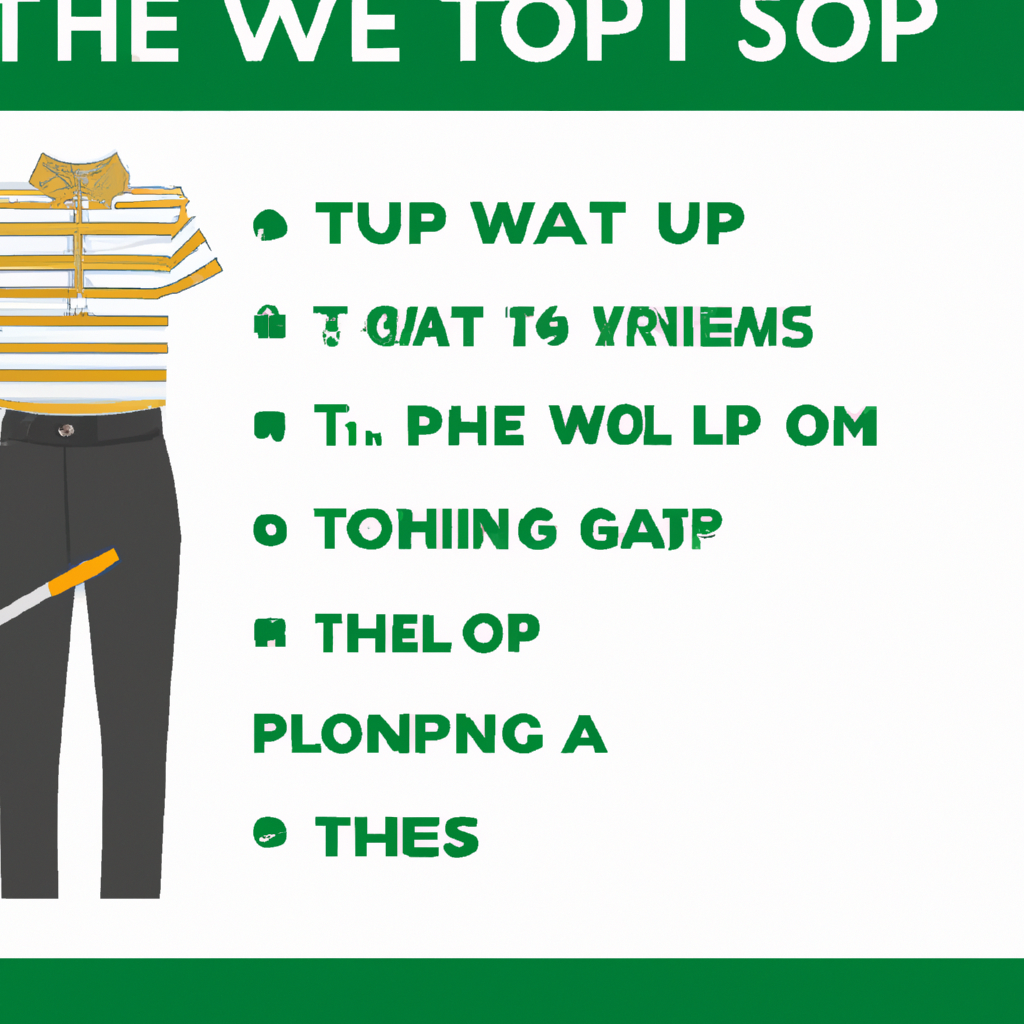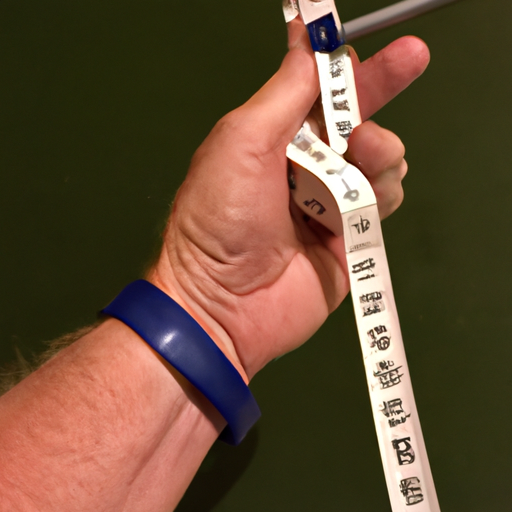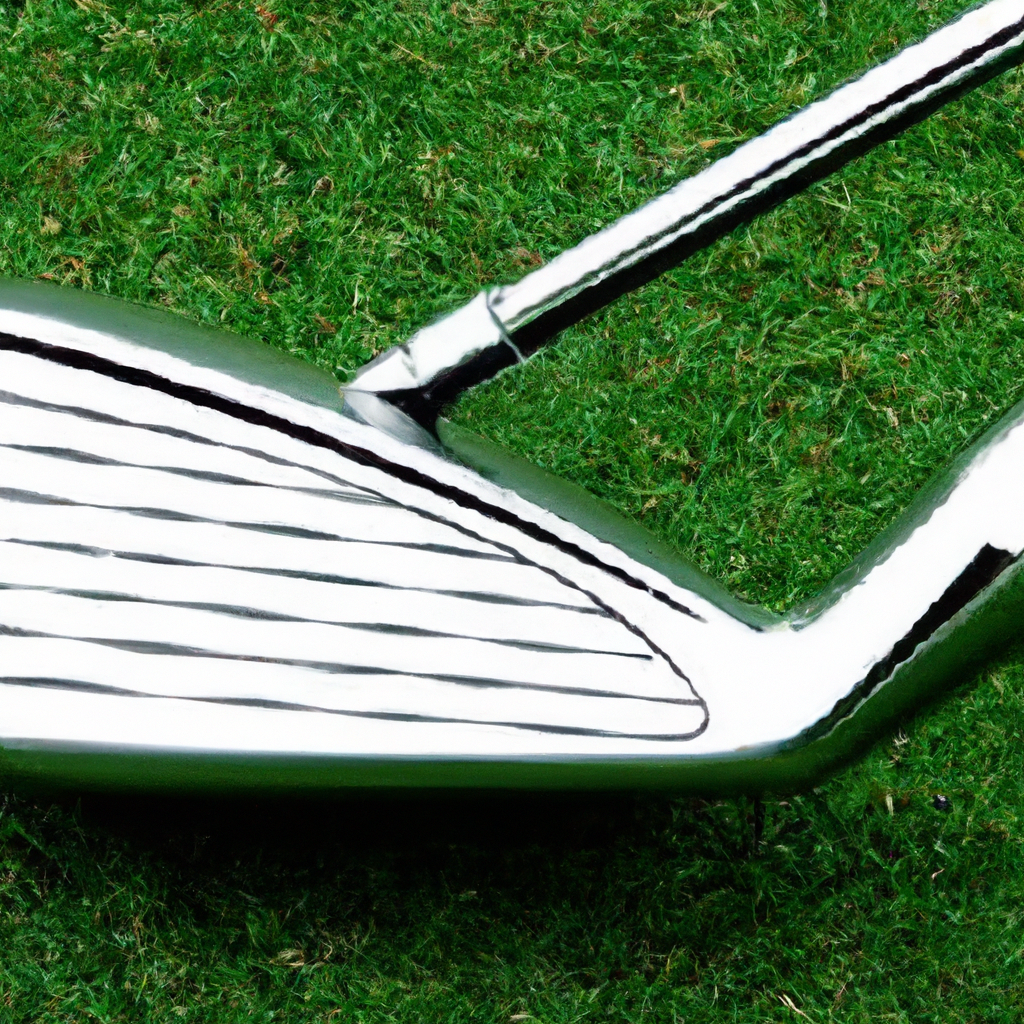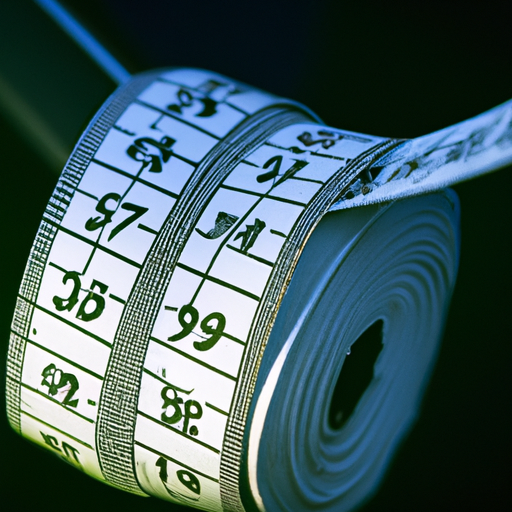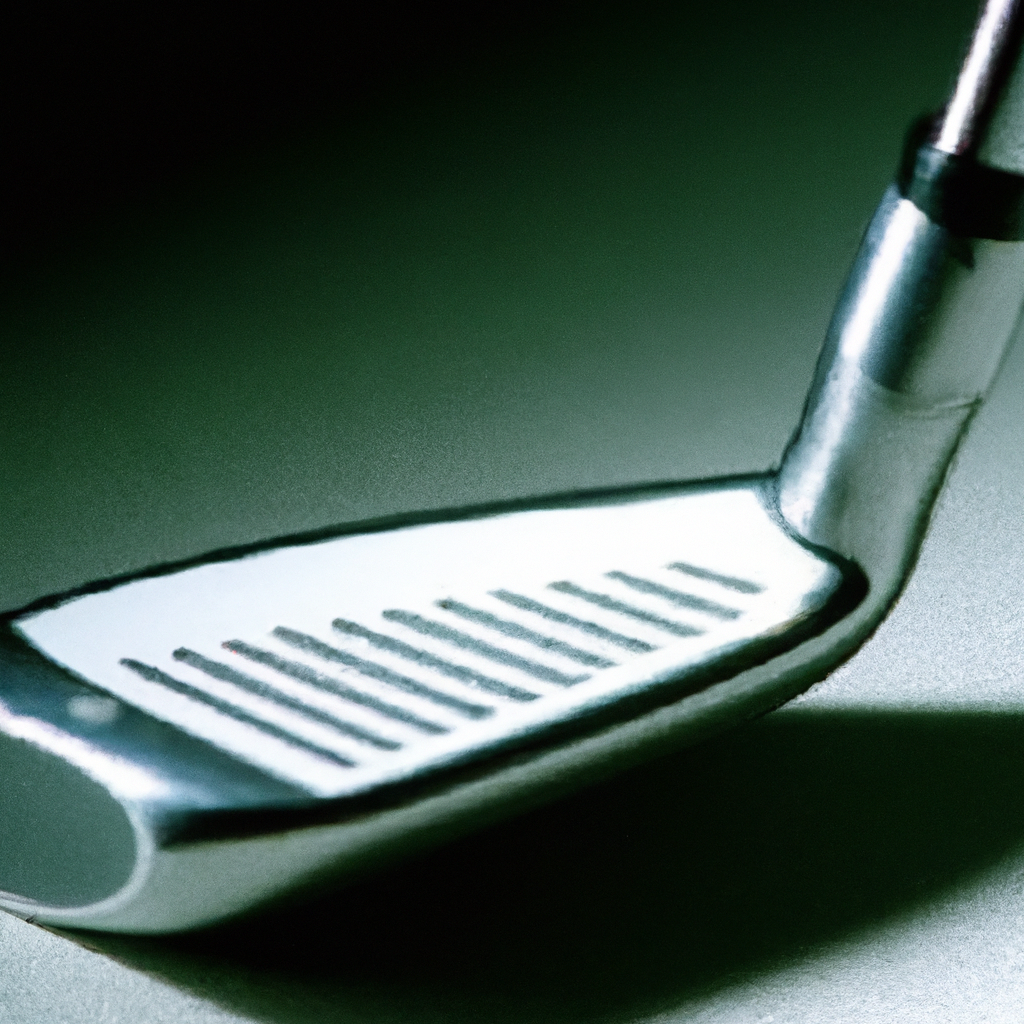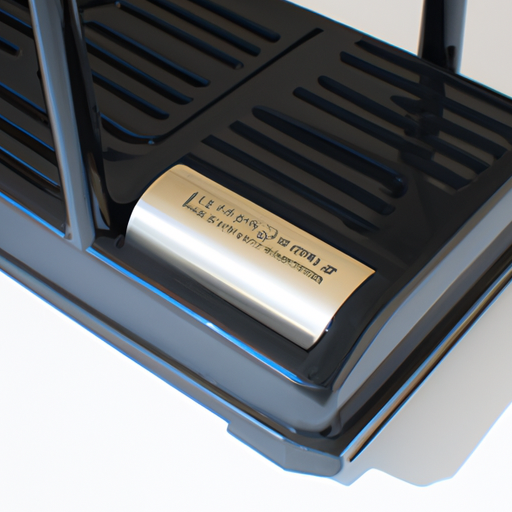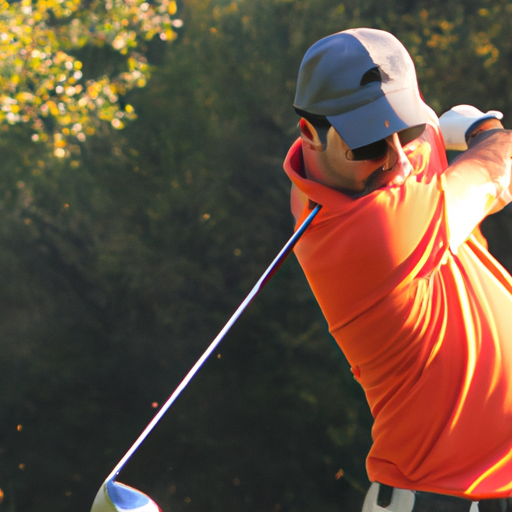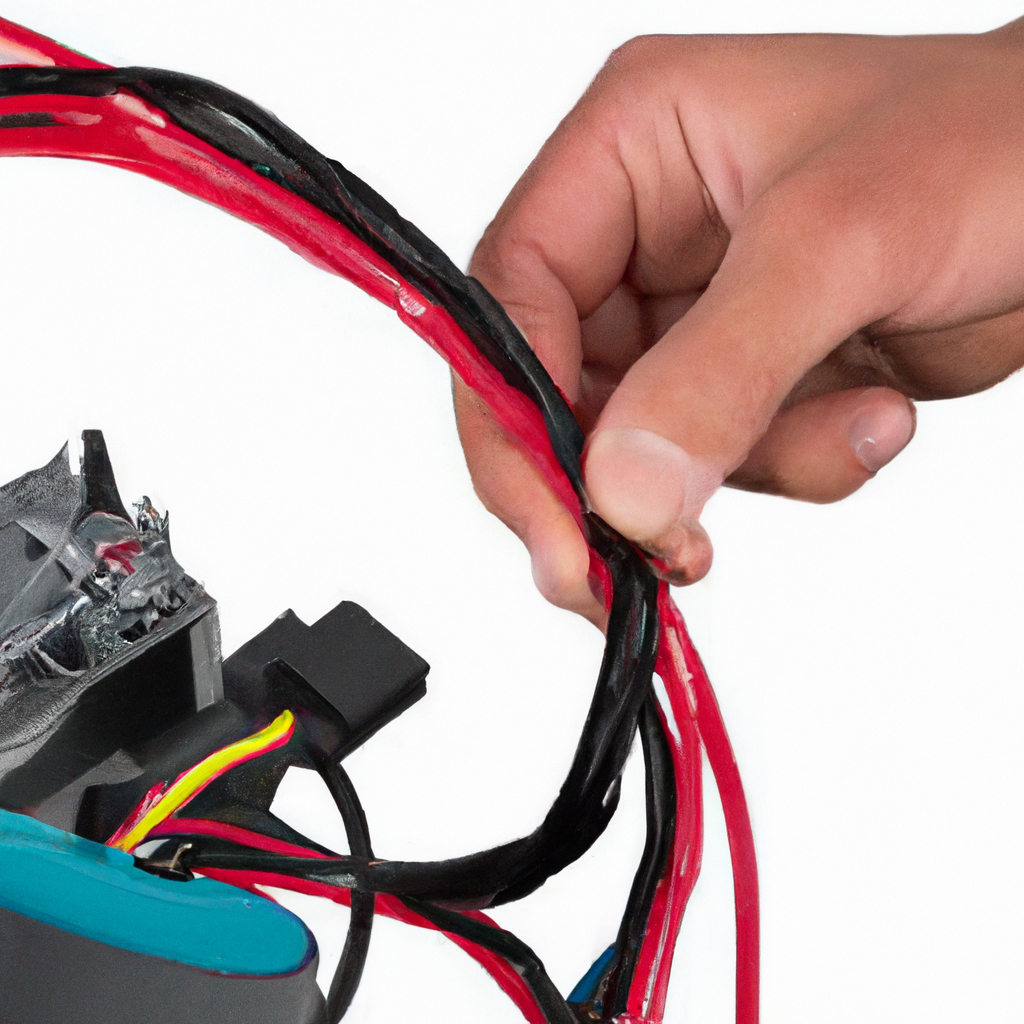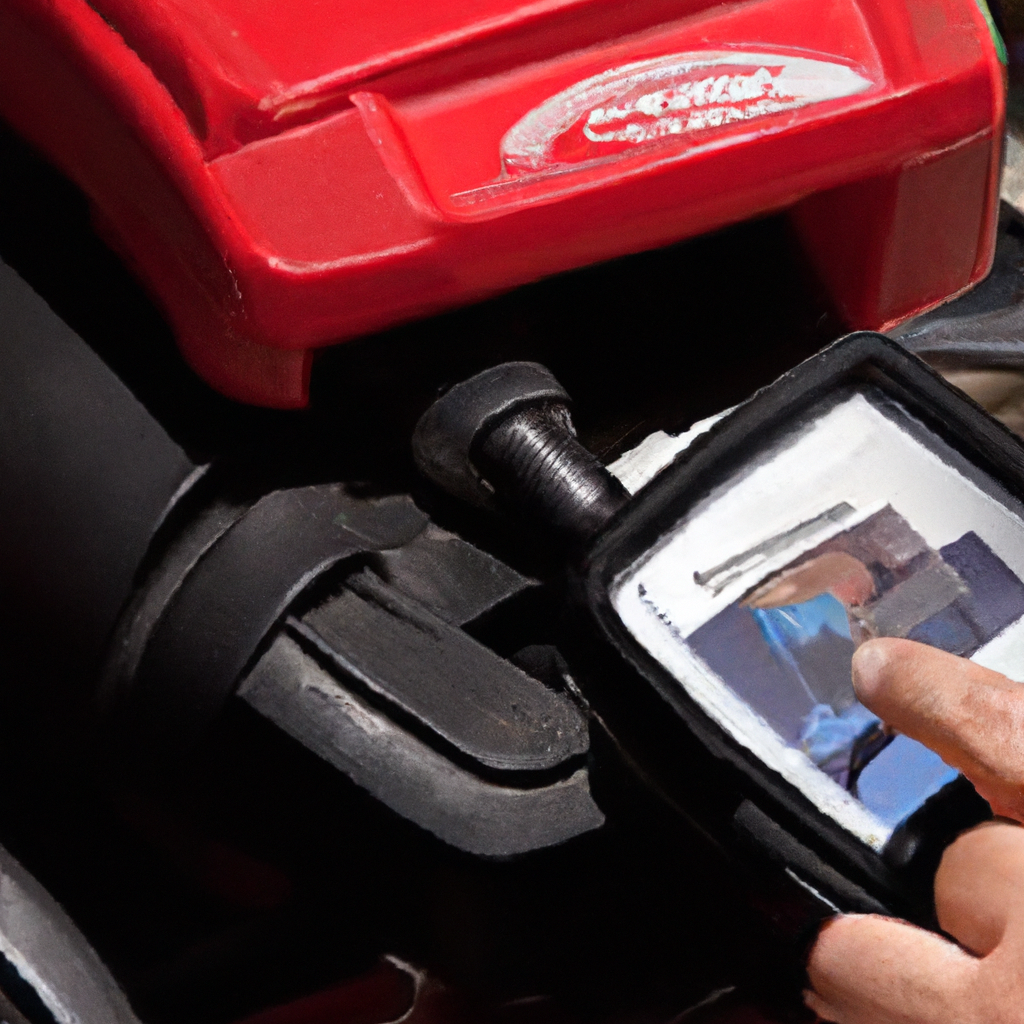Ready to hit the green? If you’ve ever wondered about the duration of nine holes in golf, look no further! In this article, we’ll explore the average time it takes to complete a game on these smaller courses. Whether you’re a seasoned golfer or just starting out, understanding the expected duration can help you plan your day and make the most of your golfing experience. So, grab your clubs and let’s tee off into the world of nine-hole golf!

Factors Affecting Duration of Nine Holes
Skill Level of Golfers
The skill level of the golfers is one of the key factors that affect the duration of nine holes. Professional golfers, with their exceptional skills and experience, tend to complete nine holes in a relatively shorter time compared to amateurs or recreational players. This is because they have mastered their swings, have a better understanding of the course, and can make calculated decisions quickly, resulting in a faster pace of play.
Course Layout and Condition
The layout and condition of the golf course also play a significant role in determining the time taken to complete nine holes. A well-designed course with straightforward holes and minimal hazards will often allow for a quicker pace of play. On the other hand, a challenging course with numerous obstacles and long distances between holes may require more time for golfers to navigate, resulting in a longer duration for completing nine holes.
Number of Players
The number of players in a group can greatly influence the duration of nine holes. Generally, the more players there are, the longer it will take to complete the round. Each golfer needs to take their turn to tee off, hit their shots, and make their way to the green. Additionally, more players on the course can lead to more waiting time at each hole, especially during busy periods. Consequently, playing in smaller groups or opting for tee times with fewer players can help expedite the pace of play.
Pace of Play
The pace of play refers to the speed at which the golfers progress through the course. It is crucial for maintaining a consistent and efficient rhythm. When golfers take an excessive amount of time between shots or unnecessarily delay the game, the duration of nine holes can significantly increase. Conversely, maintaining an appropriate pace of play, where players move quickly between shots and minimize unnecessary delays, can help ensure a timely completion of the round.
Weather Conditions
Weather conditions can impact the duration of nine holes in golf. Inclement weather such as rain, strong winds, or extreme heat can slow down golfers’ progress. Difficult weather conditions can affect shot accuracy, force players to search for their balls more often, and even lead to course closures or delays. Therefore, it is important to consider the weather forecast before embarking on a round of golf to avoid any unnecessary disruptions and ensure a smoother and more efficient gameplay.
Socializing and Distractions
Engaging in socializing or getting distracted during a round of golf can also extend the time taken to complete nine holes. While it is enjoyable to spend time with fellow golfers and make new acquaintances, excessive conversation and unnecessary breaks can slow down the pace of play. Therefore, maintaining a balance between enjoying the social aspects of the game and staying focused on the task at hand can help ensure a timely completion of the round.
Average Time to Complete Nine Holes
Professional Golfers
For professional golfers, the average time to complete nine holes is relatively shorter compared to amateurs or recreational players. Their superior skills, extensive experience, and familiarity with the course enable them to navigate through each hole swiftly and efficiently. With their precise shots and quick decision-making, professional golfers can often complete nine holes in around one and a half to two hours.
Experienced Amateurs
Experienced amateurs, who possess a considerable amount of skill and knowledge of the game, tend to take slightly longer to complete nine holes compared to professionals. While they may not exhibit the same level of proficiency as professionals, their expertise and understanding of the sport allow for more efficient gameplay. On average, experienced amateurs can typically complete nine holes in around two to two and a half hours.
Recreational Players
Recreational players, including beginners and those who play golf primarily for leisure and relaxation, usually take the longest time to complete nine holes. These players may have varying skill levels and limited experience, which can significantly affect the pace of play. They may require more time to analyze shots, search for lost balls, and navigate hazards. As a result, recreational players often take around two and a half to three and a half hours to finish nine holes.
Strategies to Speed up Play
Preparation and Warm-up
Preparing adequately before starting a round of golf can help save valuable time and contribute to a faster pace of play. Arriving early at the course ensures that you have ample time for warming up, stretching, and practicing your swings. By being properly warmed up, you can start the game confidently and avoid unnecessary practice swings or delays during the round.
Ready Golf
Implementing the concept of “ready golf” can significantly speed up the pace of play. Ready golf means that golfers should play their shots as soon as they are ready, rather than strictly adhering to a traditional order. This approach eliminates unnecessary waiting time and keeps the game moving efficiently. Players should prioritize being ready to hit, regardless of their position in the order, to minimize any delays and allow for a smoother gameplay experience.
Course Management
Effective course management involves making smart decisions during a round to optimize efficiency. By carefully selecting clubs, identifying target landing areas, and strategizing shots, golfers can minimize unnecessary strokes, searching time, and course navigation. Having a clear plan for each hole and being mindful of the course layout and conditions can contribute to a quicker completion of nine holes.
Limiting Practice Swings
While practice swings can help golfers familiarize themselves with the mechanics of a shot, excessive practice swings can lead to time-consuming delays. By limiting the number of practice swings, golfers can maintain a steady pace of play without sacrificing their shot quality. Focusing on a few well-executed practice swings can provide sufficient preparation without causing unnecessary hold-ups.
Using Course Apps
Utilizing course apps or GPS devices that provide real-time information on the course layout and distances can enhance the pace of play. These technological aids help golfers make informed decisions quickly, reducing time spent on club selection and shot analysis. By having access to precise information and eliminating guesswork, golfers can navigate the course more efficiently and complete nine holes in a shorter time.

Factors that Can Slow down Play
Crowded Courses
Playing on a crowded golf course can significantly slow down the pace of play. When multiple groups are trying to complete their rounds simultaneously, it can lead to congestion and waiting times at each hole. The sheer volume of players can result in longer rounds, especially during peak hours or popular events. Choosing tee times during less busy periods or playing on less crowded courses can help mitigate delays caused by overcrowding.
Searching for Lost Balls
Golfers occasionally find themselves in situations where they need to search for lost balls. This can occur when shots veer off the fairway or land in areas with dense rough or hazards. The time spent searching for lost balls can significantly increase the duration of nine holes. While losing a ball is frustrating, implementing strategies such as playing provisional balls or using brightly colored golf balls can help reduce searching time and keep the game moving smoothly.
Difficult Course Conditions
Challenging course conditions, such as unusually long distances between holes, complex layouts, or uneven terrains, can contribute to a longer duration for completing nine holes. Navigating through multiple hazards, such as deep bunkers, water features, or thick rough, may require additional time for golfers to strategize and execute their shots. Adjusting club selection and shot approach according to the course conditions can help minimize delays caused by a challenging course layout or condition.
Slow Players in Front
Being stuck behind slow or inefficient players can significantly affect the pace of play. When the group in front takes an excessive amount of time between shots or frequently loses balls, it can create unnecessary waiting times for the players behind them. While these situations may be unavoidable at times, maintaining a positive and patient attitude can help alleviate any frustration and ensure a smoother progression through the course.
Multiple Hazards
Courses with numerous hazards, such as water bodies, deep bunkers, or heavily wooded areas, can contribute to a slower pace of play. Players may need to exercise caution, carefully analyze their shots, and take additional time to accurately navigate these obstacles. Familiarizing oneself with the course layout and developing strategies to minimize hazards can help expedite play and reduce the time spent managing difficult playing conditions.
Equipment Issues
Equipment malfunctions or issues during a round of golf can lead to delays and disrupt the pace of play. Problems with golf clubs, such as a broken club or a damaged grip, can affect shot accuracy and require time for repairs or replacements. Being prepared with spare equipment or regularly maintaining and inspecting clubs can help mitigate equipment-related delays and ensure a smoother gameplay experience.
Tips to Improve Pace of Play
Play as a Team
To promote a faster pace of play, golfers should approach the round as a team effort. Instead of adopting an individual mindset, players can coordinate and support each other throughout the game. By keeping track of each other’s shots, helping search for balls, or offering assistance when necessary, the group can collectively contribute to the efficient completion of nine holes.
Be Ready to Play
Being prepared to hit the ball promptly is crucial for maintaining a steady pace of play. Golfers should anticipate their turn, select the appropriate club, and visualize their shot while waiting. By doing so, they can quickly address the ball and proceed without unnecessary delays. Taking proactive steps, such as carrying extra tees and balls, can also help minimize disruptions caused by losing or misplacing equipment.
Keep an Eye on the Group Ahead
Maintaining awareness of the group ahead is essential to prevent congestion and delays. Golfers should ensure that they are not holding up the players behind them while being mindful of the pace of play of the group in front. By doing so, they can help maintain a consistent rhythm and contribute to an uninterrupted flow of the game.
Maintain a Steady Pace
Consistency and efficiency are key to improving the pace of play. Golfers should strive to maintain a steady pace throughout the round by minimizing idle time between shots and transitions. Walking briskly between holes, promptly reaching the next shot location, and exercising discipline in shot preparation and execution can collectively contribute to a faster completion of nine holes.
Be Efficient on the Green
The putting green is a crucial area where pace of play can be significantly improved. After reaching the green, golfers should be mindful of their actions and avoid unnecessary delays. Reading the green and assessing the putt efficiently, marking the ball when necessary, and taking few practice strokes can help streamline the process and ensure a seamless transition to the next hole.
Golf Etiquette and Time Management
Being Mindful of Others
One of the fundamental aspects of golf etiquette is being considerate and mindful of others on the course. This includes being aware of the pace of play and its impact on fellow golfers. By respecting the time and concentration of others, golfers can help create a more pleasant and efficient playing environment.
Being Respectful of Pace of Play
Respecting and adhering to the expected pace of play at a particular golf course is crucial for maintaining a smooth flow of the game. Courses often have guidelines or rules specifying the maximum time allowed for completing nine holes. By respecting and abiding by these guidelines, golfers can ensure that their gameplay aligns with the general expectations of the course.
Proper Use of Mobile Devices
The use of mobile devices can both enhance and hinder the pace of play in golf. While mobile apps and GPS devices can provide valuable assistance and enhance efficiency, excessive use of mobile devices for non-golf-related purposes can contribute to delays and distractions. Golfers should use their mobile devices responsibly and ensure that their usage does not interfere with the timely completion of the round.
Avoiding Excessive Delays
While delays and disruptions can sometimes be unavoidable, it is essential to proactively avoid excessive delays whenever possible. Minimizing time spent searching for lost balls, promptly fixing equipment issues, and adhering to the pace of play can collectively contribute to a smoother and more efficient round. By taking personal responsibility for time management, golfers can help create a positive playing experience for themselves and others.
Resources for Tracking Time
Golf Course Apps
Many golf courses provide dedicated mobile apps that offer features to track the time spent on the course. These apps typically incorporate GPS functionality, score tracking, and real-time updates on the pace of play. Utilizing such apps can help golfers monitor their progress, make informed decisions, and ensure they stay within the estimated completion time for nine holes.
Wearable Devices
Wearable devices, such as golf watches or fitness trackers, often include features that calculate and display the time taken to complete a round of golf. These devices utilize built-in GPS technology to track movements and monitor gameplay progress. By wearing such devices, golfers can conveniently monitor their pace of play and make necessary adjustments to maintain an optimal tempo.
Handheld Timers
For those who prefer a more traditional approach, handheld timers or stopwatches can be used to track the time taken for completing nine holes. These devices allow golfers to manually measure the duration of their rounds and compare them against their personal goals or the estimated time for golfers of their skill level. By closely monitoring their time, players can actively work towards improving their pace of play.
The Importance of Enjoying the Game
Balancing Speed and Enjoyment
While swift pace of play is desirable in golf, it is essential to strike a balance between speed and enjoyment. Rushing through a round may compromise shot technique, decision-making, and overall satisfaction with the game. It is crucial to find a pace that allows for a pleasant and fulfilling golfing experience while ensuring that the game does not unduly disrupt other golfers’ schedules.
Creating a Positive Experience
Efficient pace of play goes hand in hand with creating a positive experience for oneself and others. By being mindful of time management, adhering to golf etiquette, and promoting a friendly and supportive atmosphere, golfers can contribute to an enjoyable and harmonious playing environment. A positive experience fosters more enthusiasm for the game and encourages a greater participation in future rounds.
Fostering a Friendly Atmosphere
Golf is known for its social aspects and the opportunity to interact with others. By fostering a friendly and inclusive atmosphere on the course, players can have enjoyable interactions while maintaining a reasonable pace of play. Engaging in polite conversations, offering assistance when needed, and demonstrating sportsmanship can enhance the overall golfing experience for everyone involved.
Benefits of Playing Nine Holes
Quicker Time Commitment
Playing nine holes offers the advantage of a shorter time commitment compared to a full 18-hole round. This is particularly beneficial for golfers who have limited availability or prefer a faster-paced game. The reduced duration allows for a more convenient golfing experience without compromising the enjoyment and satisfaction derived from playing the sport.
Improved Focus and Concentration
A nine-hole round requires efficient decision-making and focused shot execution within a shorter timeframe. By playing a condensed round, golfers can enhance their ability to maintain concentration throughout the entire game. The need to strategize, adapt quickly to changing conditions, and assess shots promptly can sharpen mental acuity and improve overall performance.
Increased Physical Activity
Golf, albeit considered a leisurely sport, still provides valuable physical activity. Playing nine holes entails walking several kilometers, swinging a club, and engaging various muscle groups. By opting for a nine-hole round, golfers can enjoy physical exercise that offers health benefits, including improved cardiovascular fitness, muscle tone, and overall well-being.
Affordability
Compared to an 18-hole round, playing nine holes often offers a more affordable option for golfers. The reduced green fee for a shorter round allows individuals to enjoy the game while considering their budget. Additionally, the lower time commitment involved in nine holes can make golf more accessible to those with demanding schedules or other commitments.
Conclusion
The duration of nine holes in golf is influenced by several factors ranging from the skill level of golfers to the layout and condition of the course. Professionals typically complete nine holes in a shorter time compared to amateurs and recreational players. Strategies such as ready golf, effective course management, and limiting practice swings can contribute to a speedier pace of play. Factors that can slow down play include crowded courses, lost balls, difficult course conditions, and equipment issues. Maintaining proper golf etiquette, being mindful of time management, and utilizing resources like golf course apps or wearable devices can help track and improve the pace of play. Balancing speed and enjoyment, fostering a friendly atmosphere, and appreciating the benefits of playing nine holes provide golfers with a comprehensive outlook on optimizing their golfing experience. Ultimately, by implementing these strategies and cultivating a positive mindset, golfers can ensure a timely completion of nine holes while enjoying the game to its fullest.

